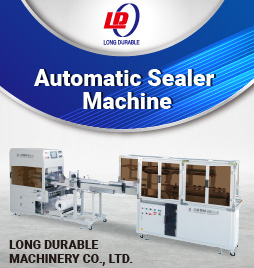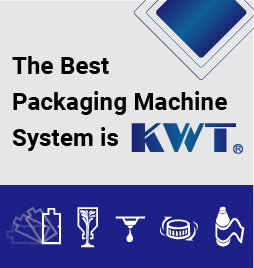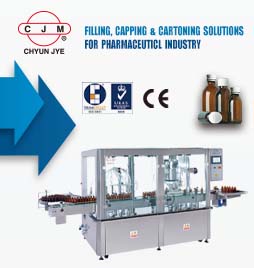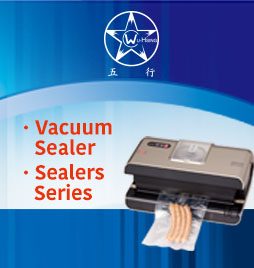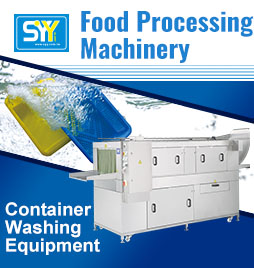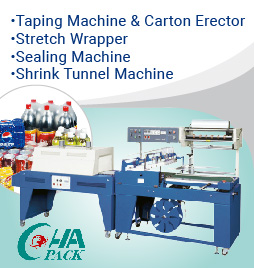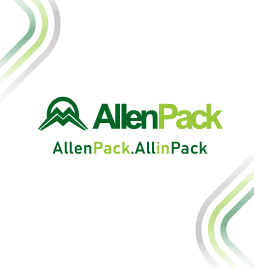The challenge of a SUSTAINABLE SUPPLY CHAIN

The concept of a sustainable development covers a huge range of topics and approaches, and has touched different areas of human activity in recent decades, including business. Thus, the convergence of business and the environment has not been more relevant as it is currently. l Roberto Piña*
* Manager of the Mexico City plant of Ecolab.
In the field of sustainability, resource efficiency is a practical way for producers and suppliers in the food industry to work together with the purpose of delivering tangible and valuable results to the company and its customers. Hence, the term Sustainable Supply Chain is used here to describe from the selection and supply of raw materials, which are the basic components of almost all products, to the production and manufacturing, retail and service, where products meet with people through logistic activities inside and outside the company.
Examples of the efficient use of vital resources, especially energy and water, and the management of final waste are frequently used to cite that good logistic practices within the chain is positively contributing to the energy efficiency and to the reduction in emission of greenhouse gases, However, there are the environmental benefit beyond it, and this is where there are advantages and great business opportunities for companies that know how to take advantage of different technologies and solutions in order to improve the efficiency when using their resources.
In the 1980ies, it was common to look for ISO 9000 certifications. Subsequently, it became a standard and a "must" to close deals or attract customers so as to demonstrate that the company has and applies a sustainable philosophy in its operations.
Today, there are at least three levels in which a company from any sector can work in order to make its supply chain more sustainable:
- a) External: with the community and government institutions to meet the state and municipal requirements, which allow for obtaining certifications, such as clean industry.
- b) Internal: with distinctive processes for the use and management of its resources and with corporate goals, which are higher and permeated throughout the organization (for example, there are companies* seeking to reduce annual energy consumption by 7%).
- c) External with its clients: by inviting them to implement the processes and technology or by stimulating the strategic alliances so as to take advantage of the services that they can offer among themselves.
The three levels have interesting edges. However, there is no doubt that beyond the focus of corporate social responsibility by way of linking the performance results with sustainability metrics and cost savings, the profitability of implementing sustainability solutions in the chain. In any case, it results in an investment in the future and in competitive advantages for the business.
Some solutions and technologies applied to logistics and sustainability within the plants of certain companies* and those of their customers are related to the efficient energy consumption, the handling of trash, and the use of water.
For example, they have made a technological conversion of LP gas to natural gas in the field of energy, which implies less carbon dioxide emission. Moreover, the use of solar cells for the generation of hot water and Plep technology saves up to 90% of electricity.
In waste management, PET, cardboard, and paper waste are recycled for the production of books thanks to an agreement that cooperates with the Secretariat of Public Education (SEP).
The internal use of water has been linked to technologies of dry urinals and the water management of Clean-in-Place (CIP), which reduce 70% water consumption in productive areas. Towards the outside, technologies* which help monitoring and optimizing the use of the liquid in the heating and cooling towers, serve as a key tool to help plants to reduce their use.
Lowering the production chain is vital for all industries. With this type of technology, there is an area of opportunity for companies both internally and externally.
Tax incentives are often the main motivators to incorporate the aspects related to sustainability in the management of chains. In Mexico, for example, there is also another area of opportunity in the possibility of partnerships with companies for the self-generation of electric power.
However, there are also challenges, such as working together at all levels and cultivating the corporate culture of sustainability. Countries, such as the United States and several more in Europe, implemented diverse strategies in the 1990ies in order to motivate sustainability in the industry. They worked with companies and citizens to consolidate that culture.
In the case of Mexico, recycling is not seen as a business nowadays. It is necessary to stop seeing sustainability as an expense, and instead to look for the opportunity. In our experience, it is an investment and a long-term commitment in the long run (it takes about three years to transform an organizational culture and implement a technology). As a country, it is a difficult path, but profitable at the end, and it can take advantage of the great inventiveness and creativity that characterizes Mexican entrepreneurs.
Finally, the extension of sustainability practices throughout all phases of production poses the challenge of their coordination. Therefore, it is advisable to have a specific area in the company and with the appropriate profiles in order to monitor the necessary corporate initiatives so as to reach the goal. It is necessary to raise the awareness about the actions, which must be implemented to improve the quality, efficiency and sustainability throughout the chain.
* Please refer to Ecolab México and to its technologies, such as 3D TRASAR.


